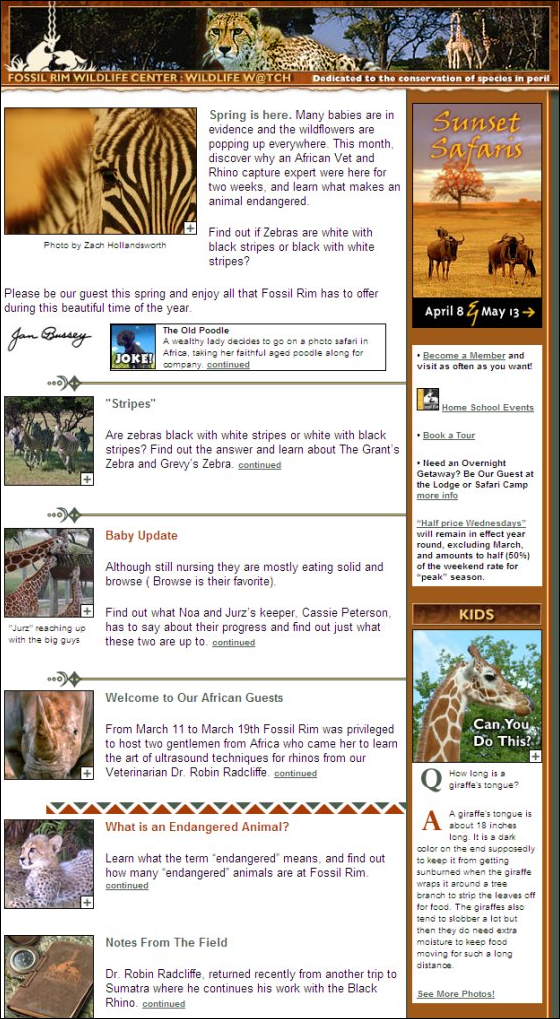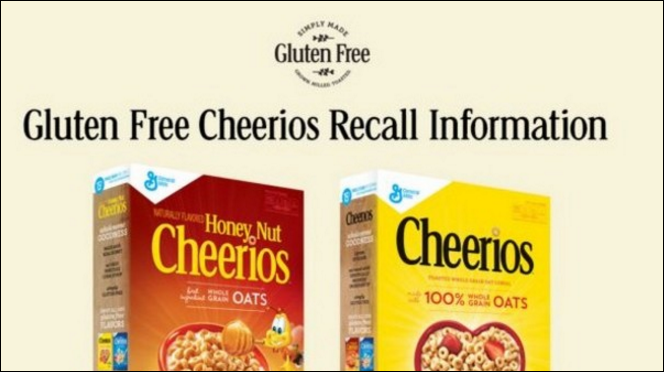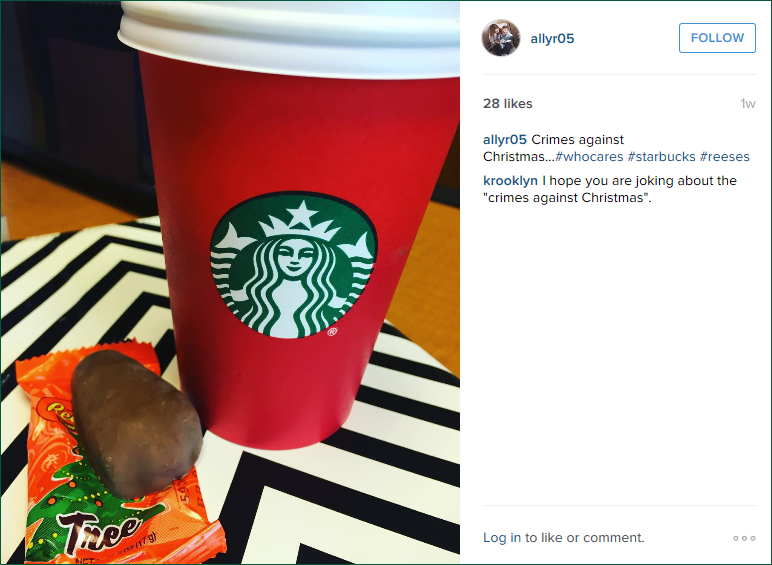Buying Versus Building Technology: Which is right for you?
“I think the most important thing is that companies are realistic about what their expectations are for a technology investment, and realistic about their own capabilities,” Preston Wily, President, Sewell Corp, said.
In this interview, Preston speaks about his MarketingSherpa Email Summit 2015 panel presentation, which was about “what we didn’t do right” when making an investment in their email marketing program.
Preston recommended that when making technology selections, marketers ask themselves:
- Define what your goals are from the program
- Make those goals crystal clear to your team
- Ensure those goals are also clear to any potential providers
If a marketer does end up in a situation similar to the one Preston and his team were facing, having made the wrong choice in technology, he advised that “they should be realistic about the situation, where they’re at and what they did wrong.”











